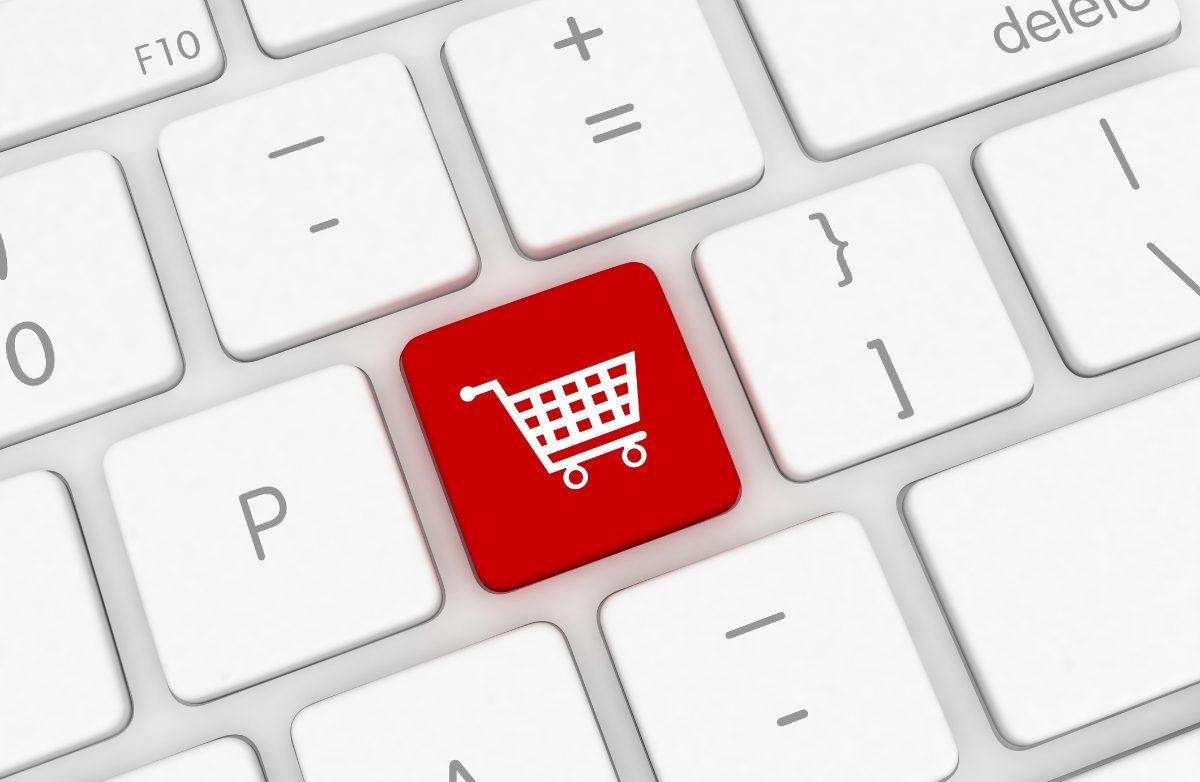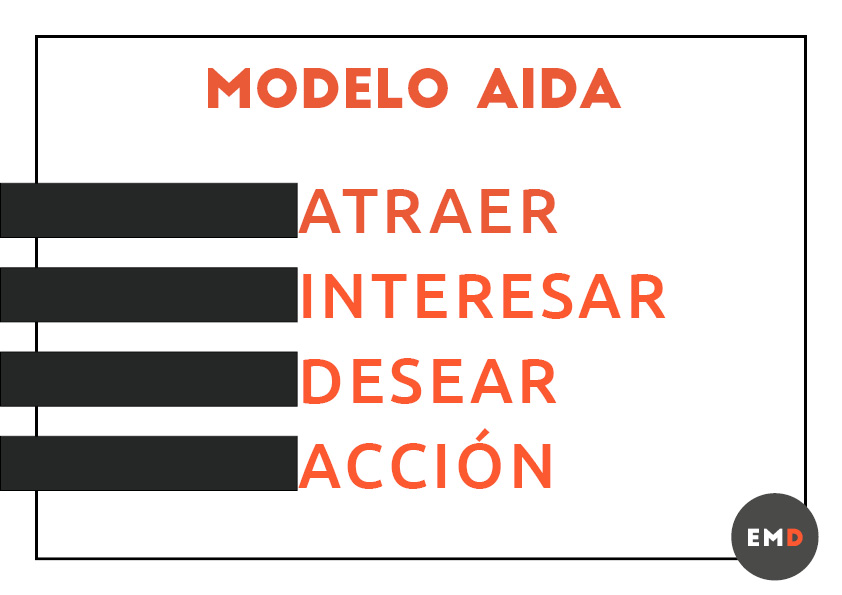At EMD – Digital Marketing Strategy, we continue to expand our capabilities to help companies grow and reach new markets. That is why we are pleased to announce that our CEO, Eric Onidi, has been accredited as an ACCIÓ advisor in the new category “Export Strategy”.
What is ACCIÓ?
ACCIÓ is the public agency for business competitiveness, promoted by the Generalitat de Catalunya. Its objective is to promote innovation, business internationalization and investment attraction, offering support to companies to enhance their growth in national and international markets.
New accreditation in “Export Strategy”.
This accreditation reinforces our commitment to business internationalization, allowing EMD to offer a strategic and tailored service to companies seeking to expand beyond their borders. Thanks to this accreditation, we are officially recognized by ACCIÓ as specialized consultants in the definition of export strategies and the creation of an omnichannel international promotion plan.

How does this accreditation benefit you?
At EMD, we are officially qualified and accredited to develop internationalization projects that include 80 hours of specialized consulting, taught by experts and, best of all: 100% subsidized.
The service consists of four key phases:
- Internal analysis: Evaluation of products, services, current strategy and value proposition.
- External analysis: Study of sector trends, competitors and selection of target markets.
- International strategy and action plan: Definition of objectives, buyer persona, channels and budget.
- Follow-up and support in the implementation of the plan.
Prepare your company for international expansion!
If you are exploring international expansion opportunities for your company, now is the perfect time to act. At EMD we are with you every step of the way to ensure that your business grows solidly and profitably in international markets.
Contact us today and find out how we can help you grow beyond borders!







